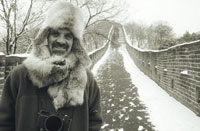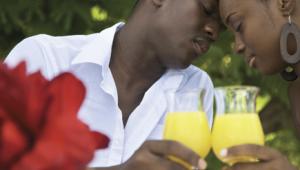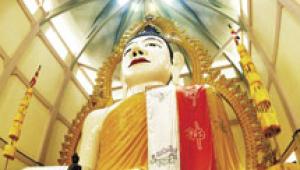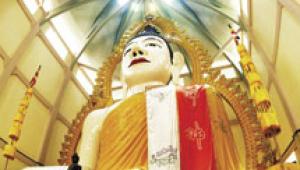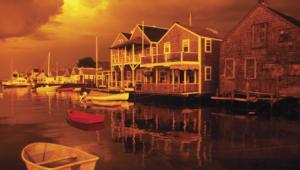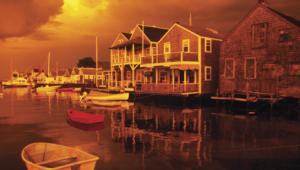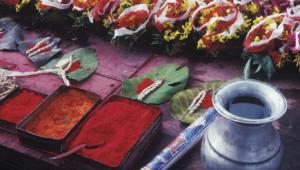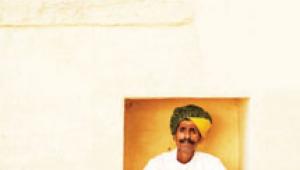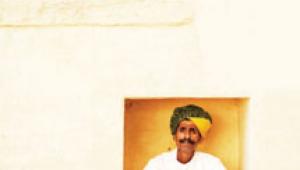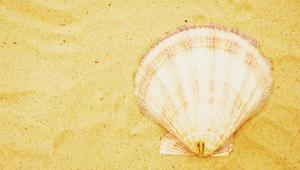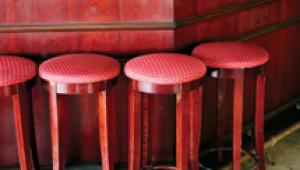Passport
Getting Over The Wall
I'm a landmarks guy.
I'm fascinated by their grandeur, and I never get tired of photographing
them. No matter how many times I visit Machu Picchu, the Eiffel Tower,
the Taj Mahal, the Statue of Liberty, or the Great Wall of China, I
never lose my enthusiasm. When I recently took my third trip to the
Great Wall, I had the same childlike anticipation I had on my first
visit. I guess it has to do with my love for photography and my passion
to take pictures, as well as the beauty and fascination of the subject.
|
|||
Once I know what my specific
goal is, I'll devote 60 to 70 percent of my efforts to achieving
it, leaving the rest for my normal coverage and whatever may happen spontaneously.
On my recent trip to the Wall I photograph-ed for three days, and on each
day I had a specific mission. |
|||
Another advantage I have as
a pro is never traveling with a tour group. For this trip I had hired
a bus and driver for myself, my assistant, and our interpreter. (If you're
going to do any serious work in China, you need someone who can speak
the language. Fortunately, I'd come to China from an assignment
in Hong Kong, and I'd hired the production coordinator from the
Hong Kong job, who spoke both Mandarin and Cantonese, to be our translator.)
But although I never travel with a group, I have many of the same photographic
problems any serious photographer is going to have when visiting landmarks--or
any well-known, well-visited location. In a word, tourists. Bold compositions and vivid colors mark the work of our new columnist, world-traveling photographer Jack Hollingsworth. His images have appeared in "Condé Nast Traveler," "National Geographic Traveler," and "American Way," among other publications. His clients include American Airlines, Renaissance Cruises, Four Seasons Hotels, American Express (Asia), and numerous tourist and visitors bureaus. Beginning with this issue, Passport will appear on a bimonthly basis in our magazine. Film Facts |

